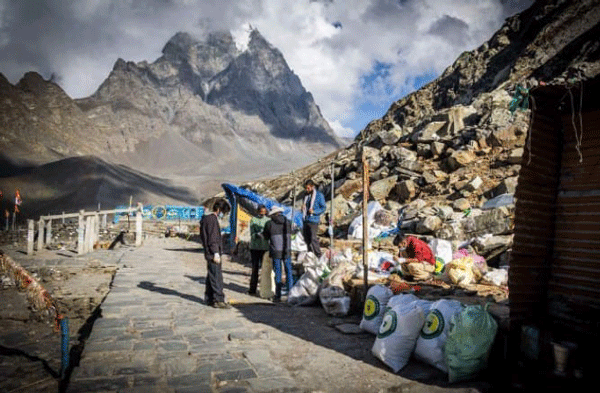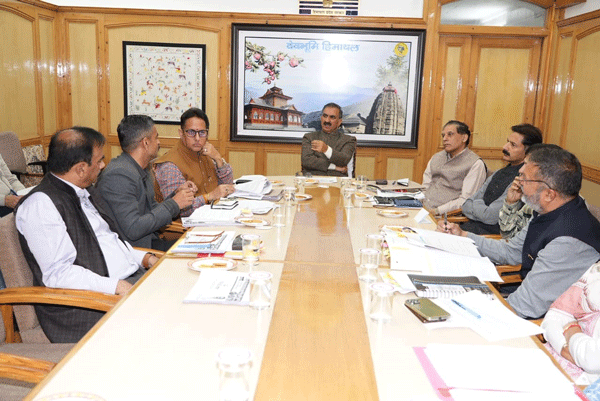Shimla, Oct 15,
The natural beauty of Himachal Pradesh is under siege, not from natural calamities, but from the reckless and irresponsible behavior of humans. Every year, as tourists, pilgrims, and nature enthusiasts flock to the state’s scenic high passes, pilgrimage routes, and trekking trails, they leave behind a growing menace—piles of garbage. This tragic reality is a reflection of our carelessness and lack of respect for the environment we claim to love.
In a recent social media post by Himachal Pradesh-based cartoonist Anand, the glaring issue of littering was brought to the forefront. Anand wrote, *”It seems that Himachal Pradesh’s nature hotspots are virtually converted into garbage dumping sites by nature lovers, pilgrims, or tourists. This is the third such piece we’ve covered, highlighting similar plights at Shrikhand Kailash and Chanshal Pass. Teeming garbage, dustbins overflowing, and plastic carry bags strewn everywhere tell us how responsible we are as nature lovers. We exploit nature but pay no regards to it.”* Anand’s words are a stark reminder of how our actions speak louder than our proclaimed love for nature.
The recent pilgrimage to Manimahesh Lake, a sacred spot in Himachal Pradesh, has left behind heaps of garbage. As per Anand’s account, cleaning up the mess would require at least 500 people working for a month. Shops and pilgrims have left the trail from Hadsar to Shivkund littered with everything from plastic bottles to discarded offerings. Despite efforts to contact shopkeepers, village representatives, and other stakeholders to take responsibility for the cleanup, no one stepped forward, highlighting the deep-rooted apathy towards maintaining these sacred and pristine locations.
The cartoonist emphasized, *”It took days just to clean up the dump yard created near a shop at Gauri Kund, filled with leftovers, offerings, and empty water cans. Yet, no one came to help, except KSDM Kulbir Rana and one shopkeeper, Ashwani, who provided us food and shelter.” This instance is just a small part of the larger problem affecting the state’s ecological balance.
Despite court orders and directives from the National Green Tribunal (NGT), littering continues unabated. Anand rightly points out that the authorities and tourists alike are to blame for this mess, and the government cannot absolve itself of responsibility by simply pushing the burden onto producers. The situation, as he describes, is going from bad to worse.
Our collective insensitivity towards littering must end, urged the cartoonist. Without immediate and effective measures to curb the growing garbage problem in Himachal Pradesh’s natural and sacred spots, we risk losing these treasures forever. As Anand aptly put it, *”Hope wisdom prevails.”*






